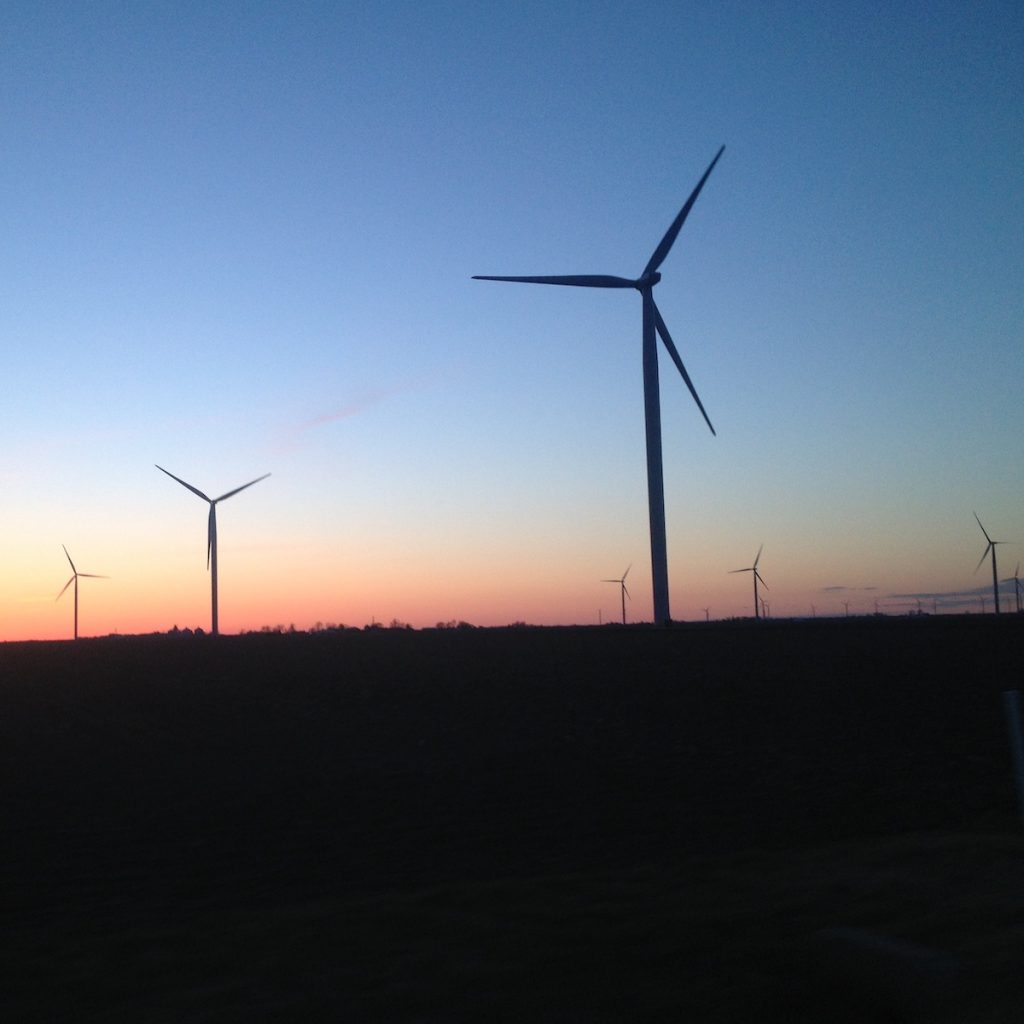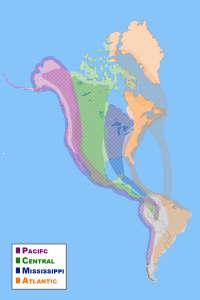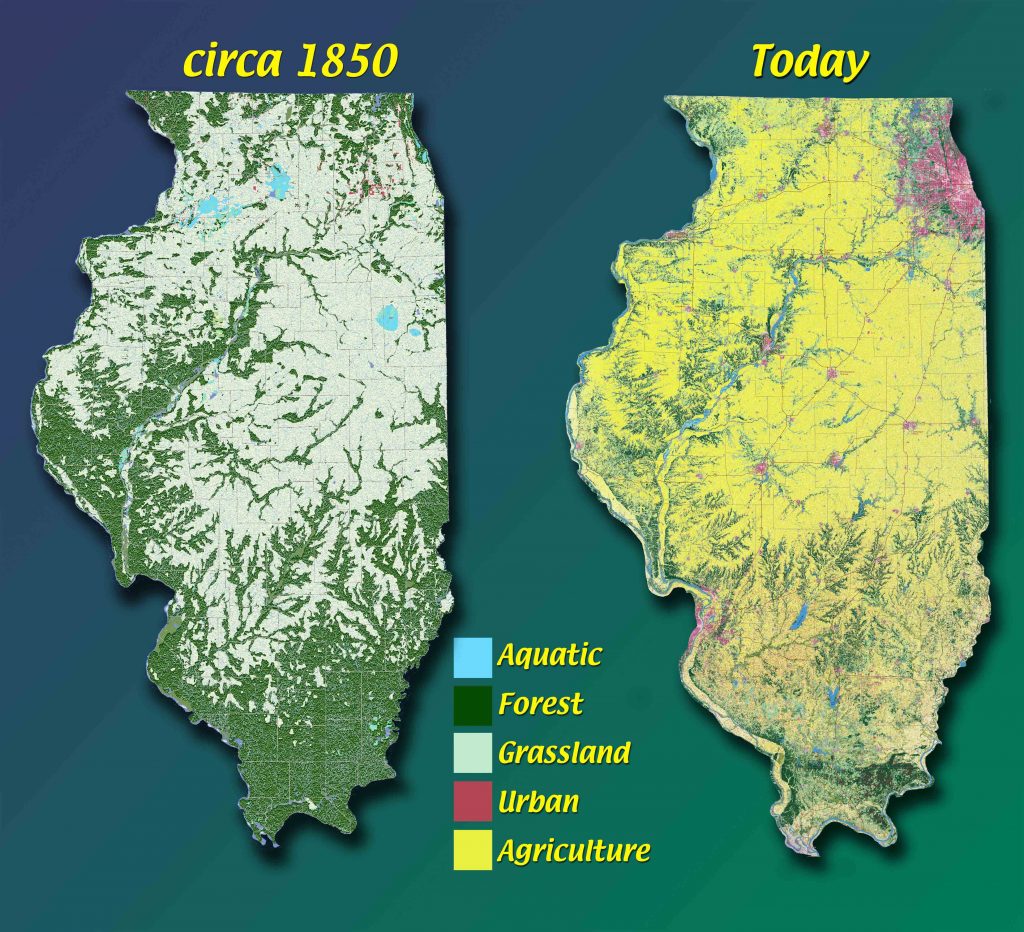Some long distance migrants, like the Arctic Tern, fly far north during the northern hemisphere summer (June-August) to breed and then travel 25,000 miles to Antarctica for the southern hemisphere summer (December-February). This is one of the longest known animal migrations. Most birds don’t travel that far, in fact some birds don’t migrate at all.
Our long distance migrants typically travel from the US and Canada to Central and South America. This includes hummingbirds, ducks, warblers, and flycatchers.
Other species, like Red-winged Blackbirds and Eastern Phoebes make shorter migrations up to 800 miles.
Nomadic migrants, like the American Robin, Cedar Waxwing, Blue Jay, and Red-headed Woodpecker, follow resources within their range.
Birds like Northern Cardinal, Downy Woodpecker, and House Sparrow stay here year round.
Many migrating birds follow the 4 major flyways in North America, the Pacific, Central, Mississippi, and Atlantic. Illinois sits along the Mississippi Flyway and includes valuable stopover habitat, especially along Lake Michigan.
Migration can be a very risky journey. Explore some of the obstacles faced by migrating birds and how you can help.
Cats kill over 1 Billion birds each year in the US. Learn more at Audubon.

Window Strikes 
Wind Turbines 
Weather
1 billion birds die from window collisions in the US each year. Installing vertical strings can help birds see the windows and avoid striking them. Visit Audubon for more tips
Turbines killed nearly 600,000 birds in the US in 2012. Properly located turbines and new technologies being developed can help birds. Learn more
Unpredictable weather systems can cause delays in migration or fallout.
Learn more about climate change
Learn about some of our research projects on migratory birds







